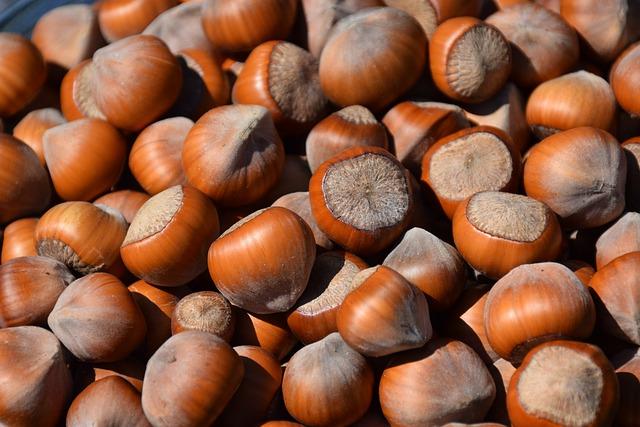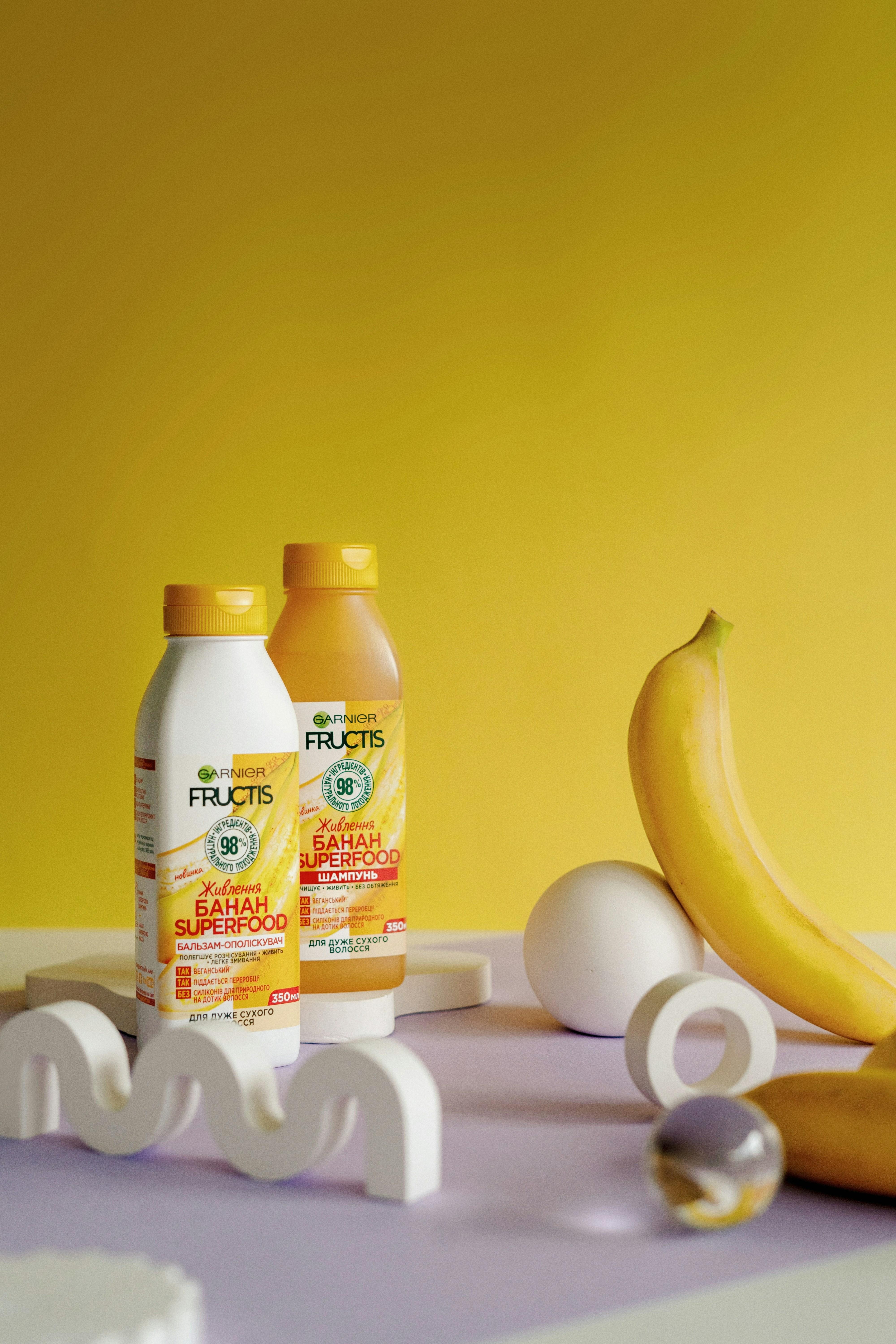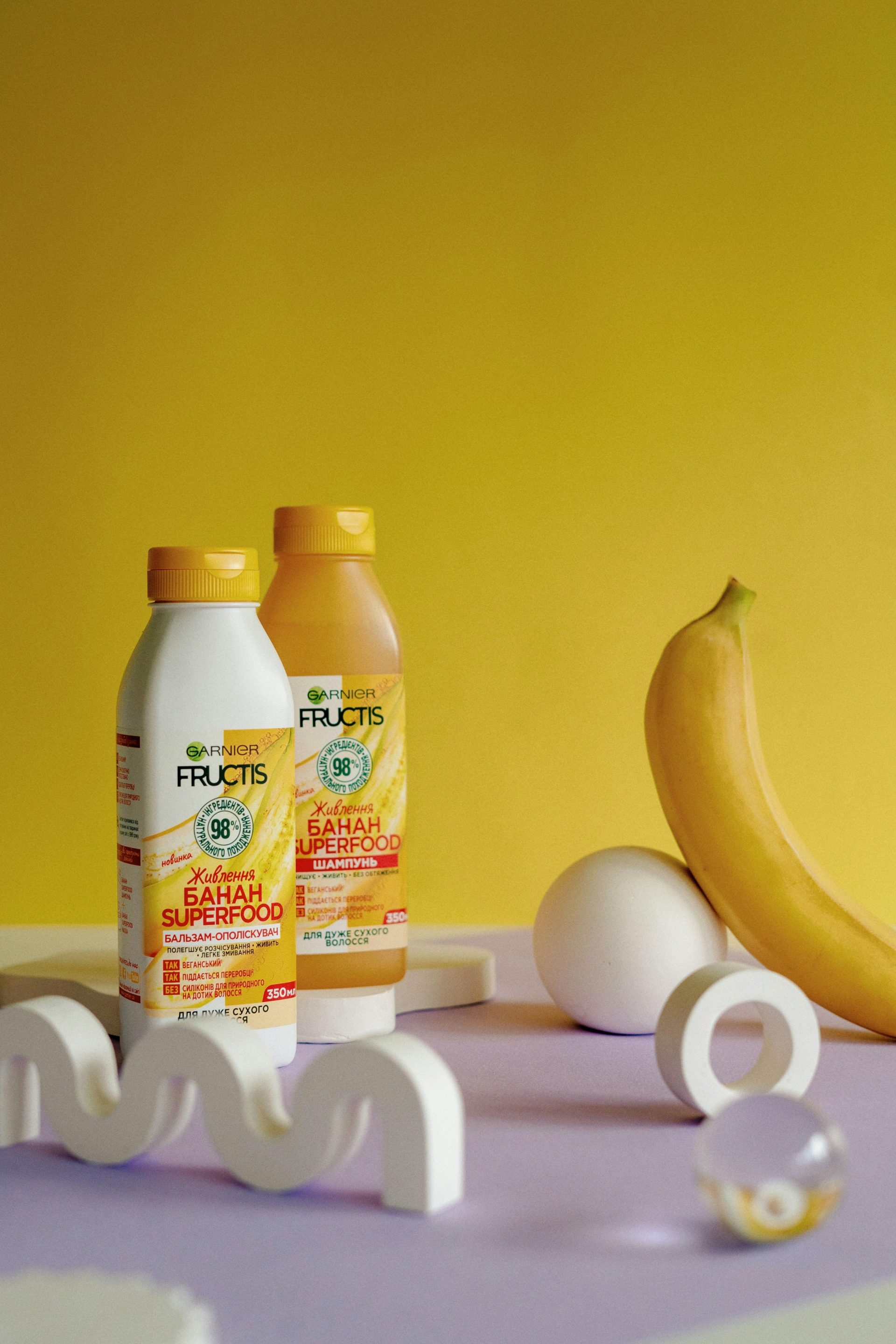In the bustling world of culinary exploration, where kale smoothies and quinoa bowls reign supreme, the quest for health through superfoods has become a delicious adventure. Yet, as we sauté, steam, and roast our way to wellness, a crucial question simmers beneath the surface: how do our chosen cooking methods influence the nutrient retention of these celebrated superfoods? This article delves into the intricate dance between heat and health, unraveling the mysteries of how various culinary techniques can enhance or diminish the nutritional prowess of our favorite power-packed ingredients. From the gentle art of steaming to the fiery flair of grilling, we explore the science and secrets behind preserving the vibrant nutrients that make superfoods truly super. Join us on this flavorful journey, where the method becomes just as important as the meal itself, and discover how to unlock the full potential of nature’s most potent provisions.
Exploring the Heat: How Cooking Techniques Affect Superfood Potency
Cooking techniques can have a profound impact on the nutrient profile of superfoods, sometimes enhancing their bioavailability while at other times diminishing their potency. Steaming, for instance, is celebrated for its ability to retain the water-soluble vitamins in vegetables like spinach and broccoli. This gentle method avoids the high heat that can degrade essential nutrients, making it a preferred choice for health-conscious cooks. Conversely, boiling may lead to significant nutrient loss, as vitamins like C and B leach into the cooking water, effectively washing away some of the superfoods’ health benefits.
Meanwhile, roasting and grilling offer a different set of advantages and drawbacks. These techniques can enhance flavors through caramelization, which might encourage more frequent consumption of superfoods like sweet potatoes and kale. However, they can also lead to the degradation of certain heat-sensitive compounds. On the other hand, sautéing in healthy fats like olive oil can boost the absorption of fat-soluble vitamins, making it an excellent method for superfoods such as tomatoes and carrots. Understanding these nuances can help in maximizing the nutritional benefits of these powerhouse ingredients.

Unlocking the Secrets of Steaming and Boiling for Maximum Nutrient Retention
When it comes to preserving the nutritional value of superfoods, the methods of steaming and boiling often take center stage. Steaming, in particular, is celebrated for its ability to lock in nutrients. This gentle cooking technique prevents direct contact with water, reducing the risk of nutrient loss. Superfoods like broccoli, kale, and spinach retain their vibrant colors and a higher percentage of vitamins, particularly Vitamin C and folate, when steamed. The natural flavors are enhanced, offering a taste experience that is as rewarding as its nutritional profile.
Boiling, on the other hand, can be a double-edged sword. While it is a quick and easy method, it often leads to the leaching of water-soluble vitamins and minerals into the cooking water. However, with a few tweaks, it can be optimized for better nutrient retention. Consider the following tips:
- Use minimal water: This reduces nutrient loss.
- Keep cooking time short: Overcooking leads to more nutrients being lost.
- Reuse cooking water: Use it in soups or sauces to reclaim the nutrients.
By understanding these subtle differences, you can make informed choices about how to cook your superfoods, ensuring you get the most out of their health benefits.
Sautéing and Stir-Frying: Balancing Flavor with Nutritional Integrity
When it comes to preserving the rich nutrients in superfoods while enhancing their flavors, the choice between sautéing and stir-frying becomes pivotal. Both methods involve high heat and a quick cooking process, which can help in retaining vital nutrients that might otherwise be lost during prolonged cooking. However, they also present unique opportunities to enrich the dish with flavor and texture.
Sautéing allows for a more controlled environment where ingredients can be gently cooked in a small amount of fat. This method is ideal for delicate superfoods like spinach or mushrooms, which require a softer touch to maintain their nutrient profile. On the other hand, stir-frying is a high-energy, quick-turnover technique that is perfect for firmer superfoods such as broccoli or bell peppers. The constant motion ensures even heat distribution, which can help lock in both nutrients and taste.
- Pros of Sautéing: Better control over cooking time and temperature.
- Cons of Sautéing: May require more oil, which can alter the nutritional content.
- Pros of Stir-Frying: Quick cooking preserves vitamins and minerals.
- Cons of Stir-Frying: Requires constant attention to prevent burning.
Ultimately, the choice between these two methods should be guided by the type of superfood and the desired flavor outcome, ensuring that the balance between taste and nutritional integrity is perfectly struck.

Preserving Nutrients: Expert Tips for Healthier Superfood Preparations
Cooking methods can significantly influence the nutrient retention of superfoods, transforming a nutrient-rich meal into one with diminished benefits. Steaming, for example, is a gentle method that helps preserve water-soluble vitamins like vitamin C and B vitamins, which are often lost during more aggressive cooking processes. Sautéing with healthy oils can enhance the absorption of fat-soluble vitamins, such as vitamins A, D, E, and K, found in many superfoods.
- Blanching: A quick dip in boiling water followed by an ice bath helps maintain vibrant colors and nutrients in vegetables.
- Roasting: This method caramelizes natural sugars and intensifies flavors, but it’s crucial to keep temperatures moderate to prevent nutrient degradation.
- Microwaving: Surprisingly efficient, microwaving minimizes cooking time and water use, helping to conserve nutrients.
Incorporating these techniques can ensure that your superfoods retain their powerful health benefits, providing a nutrient-packed punch in every bite.
